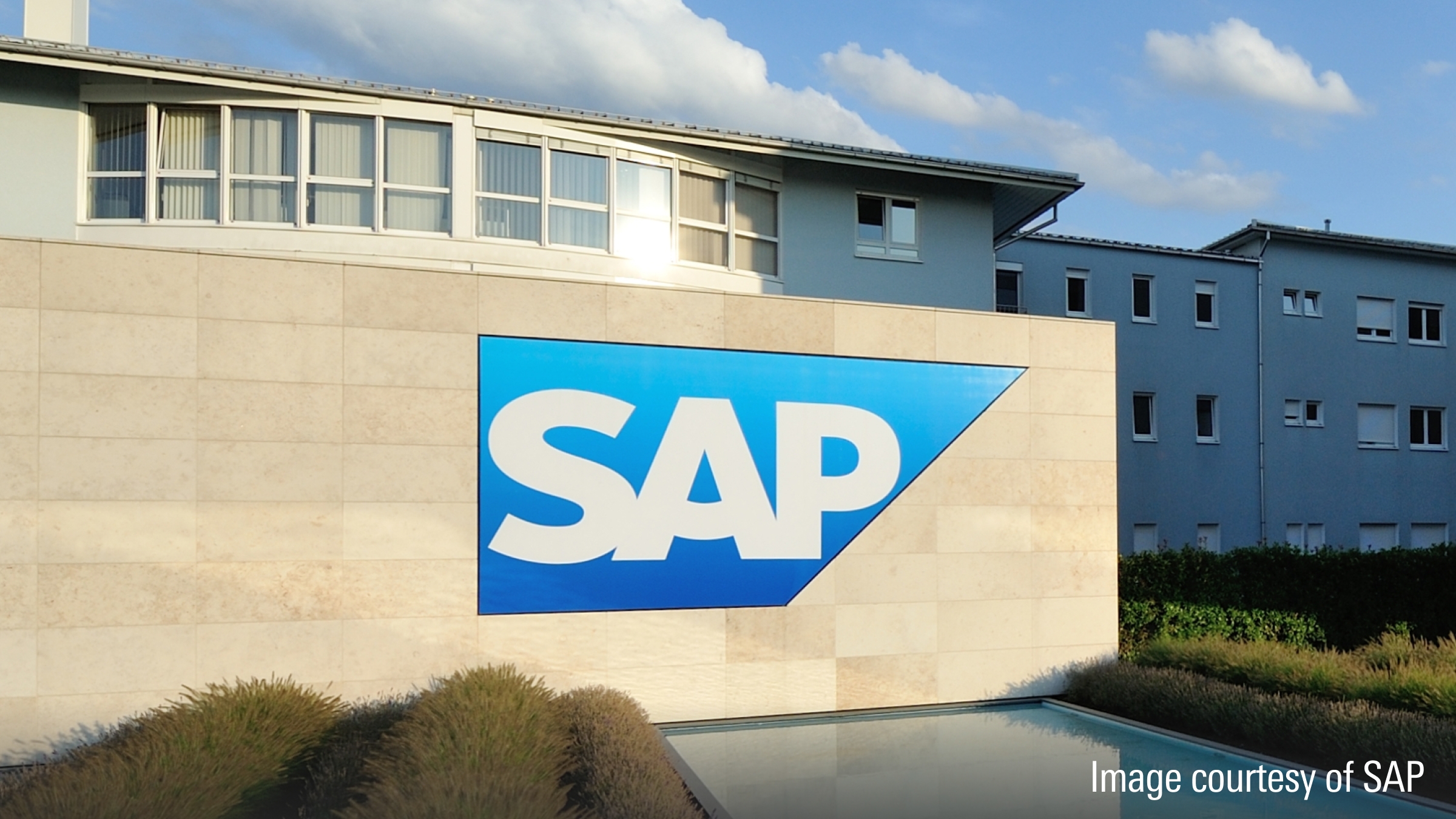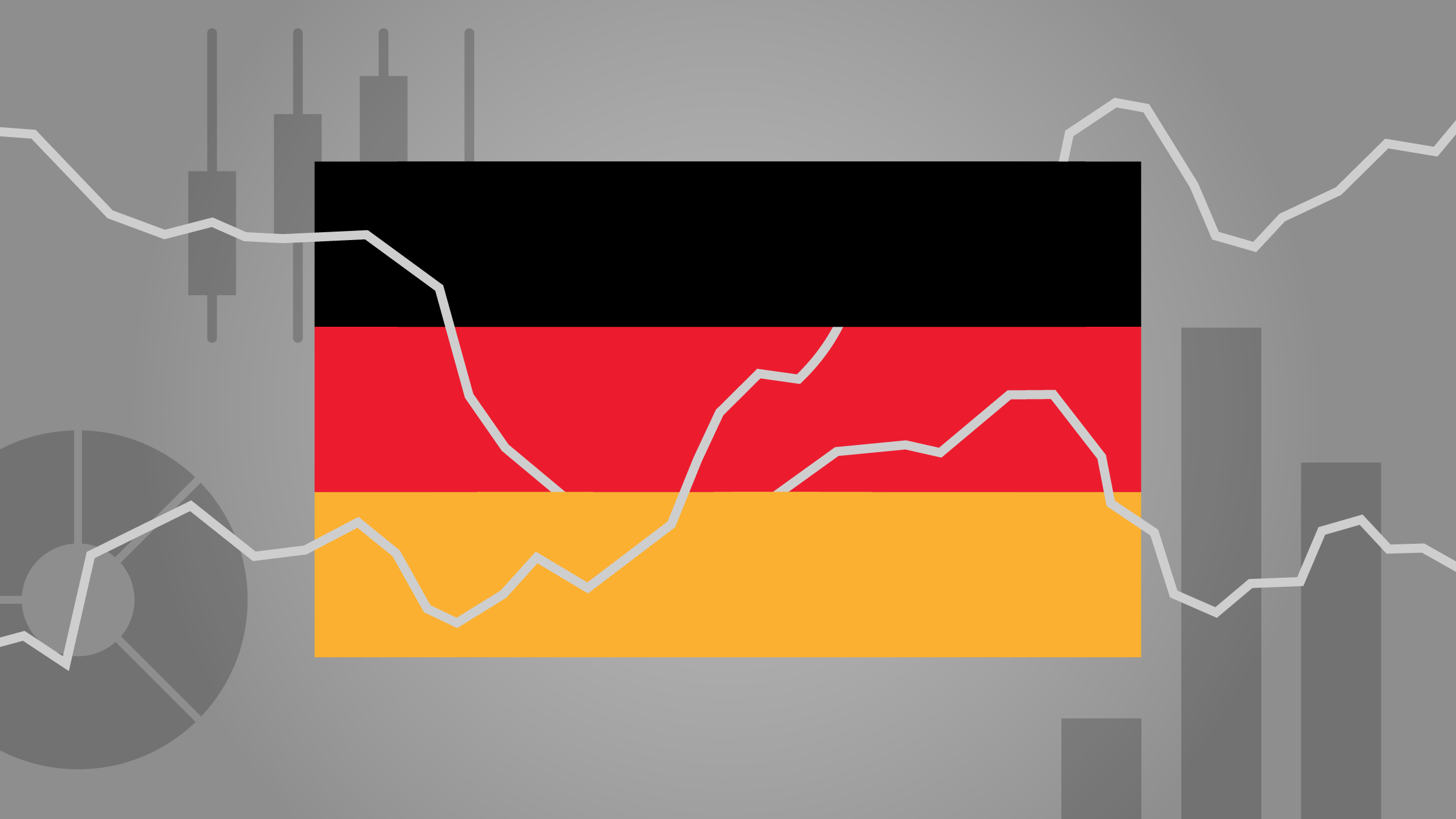Rolle im Portfolio
The iShares S&P500 is best suited as a core building block for a portfolio, providing broad exposure to many of the largest companies in the world’s biggest economy. With 500 large cap constituents, the S&P 500 Index covers three-quarters of the U.S. equity market and is well diversified by sector and security. Increasingly, the underlying companies themselves are becoming geographically diversified, getting more and more of their revenue from outside the United States. Over the last 20 years, the S&P 500 has exhibited annualised volatility of 15.2%, versus 15.9% for the MSCI Europe and 21.0% for the MSCI Emerging Markets. During the same period, it has shown a correlation to the European index (in local currency) of 84%, and to the emerging markets index (again, as measured in local currency) of 68%. Over the shorter term, however, some of that diversification benefit seems to have diminished: the corresponding 5-year correlations are 92% and 86%. U.S. equities comprise a large portion of many global equity indices, for example they made up 53.8% of the MSCI World Index at the end of March 2013. So combining this fund with a global product might result in an overweight to U.S. equities. It would therefore work better in conjunction with an EAFE or World ex-U.S. exposure. The fund passes along dividends from underlying stocks to unitholders in a quarterly distribution, currently at a yield level of 1.40%. So this fund might suit an investor seeking moderate levels of income, although the tax implications of such distributions for each investor would have to be taken into consideration.
Fundamentale Analyse
Though its fortunes have been overshadowed somewhat by the events unfolding in Europe, the United States has continued to show lacklustre progress towards economic recovery. The unemployment rate, while down from its highs, is still stubbornly lofty at 7.7%. GDP advanced by 2.2% in 2012, up from 1.8% in 2011 but still below the roughly 3% pace it has averaged over the last 30 years. One recent bright spot is that the long-anticipated recovery in U.S. housing seems to be taking hold. The S&P/Case Shiller Home Price Index 20-city composite was up 8.1% for the 12 months through the end of January 2013, although it is still down roughly 30% from its 2006 peak. Thanks to a last-minute deal reached by U.S. politicians, much of the immediate impact of the “fiscal cliff” was avoided, although payroll taxes did rise on December 31st, 2012. Still, the impact appears to have been muted, as consumer spending numbers for January and February were stronger than expected. More recently, spending cuts automatically triggered as part of a sequestration began to take hold in March 2013, and could put a significant dent in this year’s economic output. To pick up the stimulus slack, monetary policy has been extremely accommodative since the global financial crisis. The Federal Reserve has lowered short term interest rates to near zero, and tied its policy objectives to job growth by indicating that rates will remain low until the unemployment rate falls to 6.5%. The S&P 500 has produced an annualised total return of 8.5% over the last 20 years. Like most equity exposures, the index took a drubbing during the 2007-2008 financial crisis, but it has rallied considerably since then as successive rounds of quantitative easing have encouraged investors to move into risky assets. Around the time of writing the S&P 500 was setting new all-time highs. After bottoming out at 9.4 in February 2009, the price-to-earnings ratio of the S&P 500 had climbed to 16.6 by the end of March 2013, which was slightly above its 10-year average of 16.4.
Indexkonstruktion
The S&P 500 Index is a free float capitalisation-weighted portfolio of 500 large, United States domiciled stocks. To join the index, constituents must meet minimum liquidity requirements, must have a public float greater than 50% of the value of their stock, and must have market capitalisations above $4 billion. A committee maintains the index and meets regularly to review its underlying components, making changes on an as-needed basis. If a constituent falls out of line with any of the index’s entrance criteria, the committee can use its discretion to keep it in the index if the change is deemed temporary. New entrants to the index are also meant to contribute to its overall sector balance, as measured using the Global Industry Classification Standards (GICS®). As of the end of March 2013 the most significant sector exposure were information technology at a 18.0% weight, financials at 15.9%, health care at 12.5%, and consumer staples, consumer discretionary, industrials, and energy all with weights between 10.1% and 11.6%. Portfolio concentration is limited, with the top ten stocks in the index making up just 18.5% of its total. Top constituents were Apple, Exxon Mobil, and General Electric, at respective weights of 2.97%, 2.89%, and 1.72%. The median market capitalisation of constituents was $14.1 billion.
Fondskonstruktion
The fund uses full physical replication to try to capture the performance of its benchmark, owning—to the extent possible and efficient—shares in all of the underlying constituents in the same weights as those of the index. In certain circumstances it may also use derivatives to achieve its objectives. The fund is Irish-domiciled and has the U.S. dollar as its base currency. As of writing it had assets of $11.8 billion. Cash received as dividends from the underlying stocks is held by the fund until distributions are made to fund unitholders on a quarterly basis. This can create a cash drag on the portfolio, causing it to underperform its benchmark in rising markets, and outperform in declining markets. Given the fund’s stated distribution yield of 1.4% annually at the time of this writing, the cash build up between quarterly distributions is unlikely to amount to much. In the 12 months through the end of December 2012, an average of 5.38% of the portfolio was out on loan, to a maximum of 22.29%, and in total the programme added 1 basis point of net return to the fund. BlackRock, iShares’ parent company and lending agent, claims to keep 40% of gross securities lending revenue for itself, out of which amount it will pay the associated costs of the activity, and passes 60% of the revenue to the fund. BlackRock has recently reviewed its lending programme and introduced a 50% cap on the amount of assets that its iShares funds can lend out. To protect the fund from a borrower’s default, BlackRock takes collateral greater than the loan value. Collateral levels vary from 102.5% to 112% of the value of the securities on loan, depending on the assets provided by the borrower as collateral. Additional counterparty risk mitigation measures include borrower default indemnification. Specifically, BlackRock commits to replace the securities that a borrower fails to return, but it will not cover losses incurred on the reinvestment of cash collateral.
Gebühren
The fund levies a total expense ratio of 0.40%, which is higher than many of the other funds offering similar exposure. Other costs potentially borne by the unitholder but not included in the total expense ratio include securities lending fees, transaction costs on the infrequent occasions when the underlying holdings change, and bid-ask spreads and brokerage fees when buy and sell orders are placed for ETF shares. Income generated from securities lending could potentially recoup some of the total costs.
Alternativen
Beyond the S&P 500, there are a number of index alternatives for the U.S. equity market, including the Dow Jones Industrial Average, which is price weighted and more concentrated in its holdings, and the technology-heavy NASDAQ. Many providers offer ETFs tracking the S&P 500 Index, including ComStage, HSBC, db x-trackers, Lyxor, Source, Amundi, SPDR, CS, EasyETF, Vanguard, and UBS. Of these, iShares S&P 500 is by far the biggest, with assets of $11.8 billion, followed by the db x-trackers, HSBC, Source, and CS funds, which each have assets of between $800 and $1.1 billion. The products with the lowest TERs are the HSBC fund and the Vanguard fund, each with a TER of 0.09%. For alternatives to market capitalisation weighted exposure to U.S. equities, there are also Ossiam ETF US Minimum Variance NR, db x-trackers S&P 500 Equal Weight, and PowerShares Dynamic US Market Fund.

















